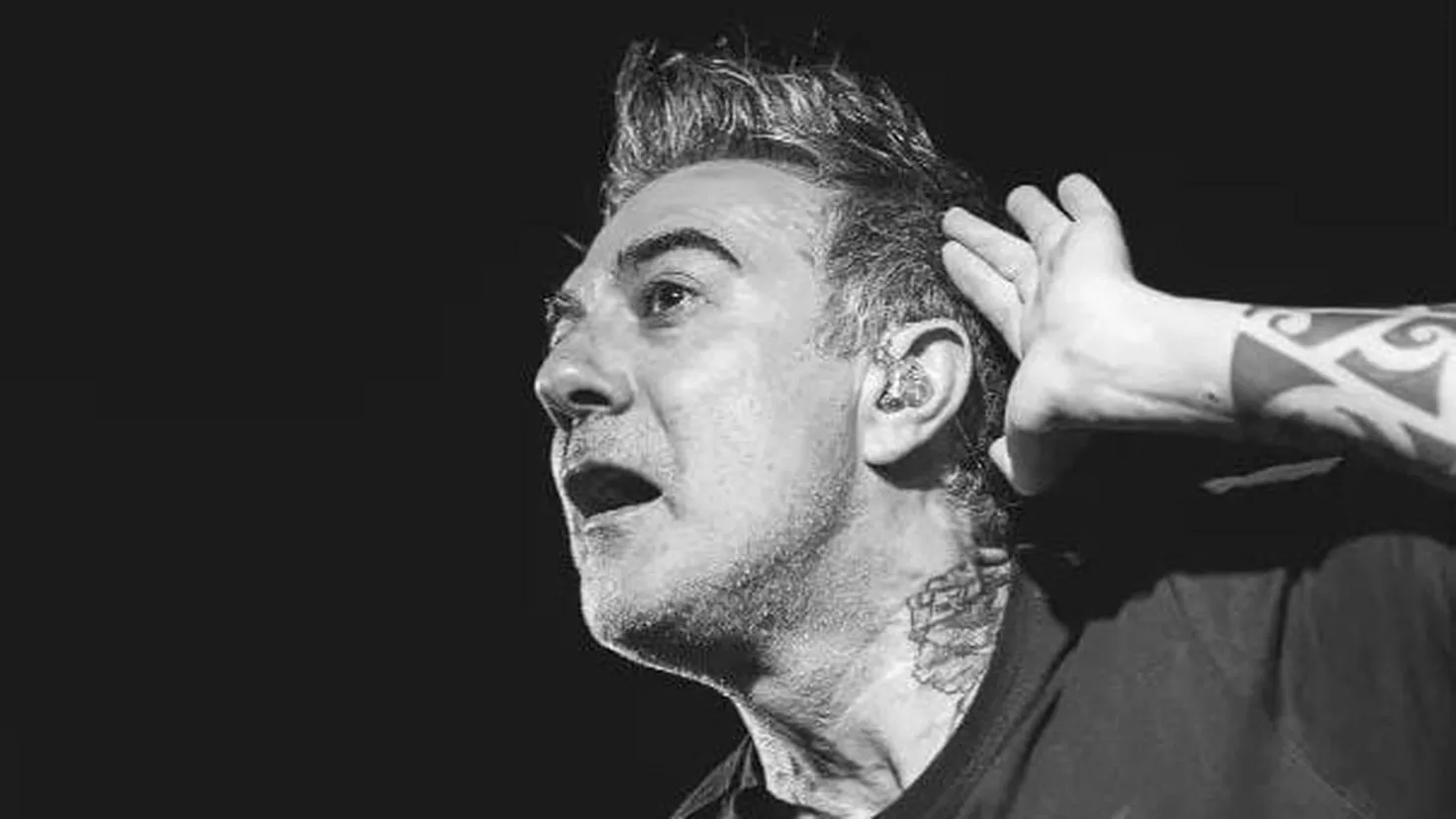A new case, which begins at night in a Dortmund Stadtbahn depot, brings at least a brief distraction from personal worries. Tram driver Hamza Arkadaş (Mehmet Daloglu) has finished his shift. Before leaving the train, he discovers a young man, his cap and hood pulled down over his face, who sits motionless. When Arkadaş addresses the man and asks him to get out, everything happens very quickly: the stranger pulls out a knife and stabs him. Everything was recorded with the train’s surveillance camera, into which the man looked provocatively.
Although the face of the perpetrator is known early on, the investigations are slow to begin. Nothing changes when a second body is found: Bar owner Lars Ramme (Nikolai Mohr) was also stabbed, and again the young perpetrator readily presented himself to surveillance cameras. Herzog suspects that he wants to show the inspectors something, tell them something. But what?
The investigators move through this “crime scene” in sepia colors in a similarly phantom manner as the perpetrator. They rarely get really close, even if they try to initiate personal conversations. The others talk all the more. So Faber, who already has a penchant for paranoia, has to realize that his permanent departure as head of the homicide squad in the presidium seems to have already been decided. Everyone talks about it. Just not with him.
“Love is Pain” also introduces a new character, police officer Beate Gräske (Sar Adina Scheer). Herzog brings her to the team because she is a “super recognizer”. Means: Gräske has a special ability to recognize faces. While the other investigators question the witnesses and collect clues, she follows the perpetrator’s steps on the city’s surveillance cameras.
The use of surveillance cameras is one way that the perpetrator can show himself and the film still remains in the police perspective, said director Sabine Bernardi, according to WDR. It was particularly appealing to integrate video surveillance visually and narratively for “Love is Pain”. “Especially since we are also making a part of Dortmund visible. There are a lot of surveillance cameras on certain streets there, and so we picked it up and later filmed at these original locations.”
The investigation in camera recordings is also necessary, because not much can be expected from the witnesses in this case. “They’re all lying to us,” says Faber at some point, visibly unnerved – and he’s right.



